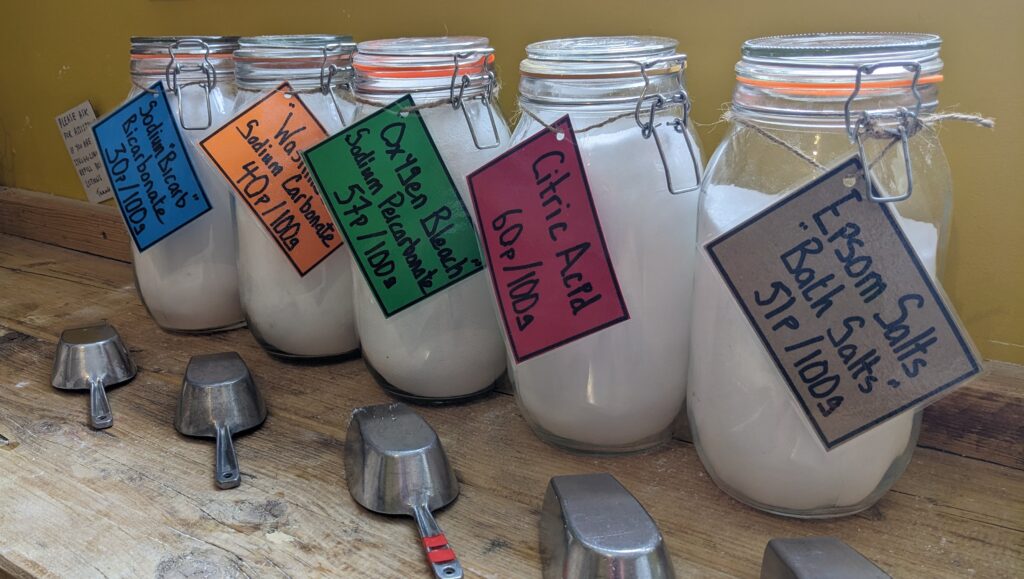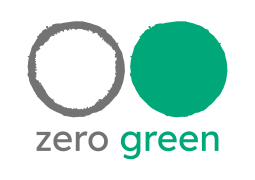The Fab Four: Eco-Friendly Cleaning with Bicarb, Washing Soda, Oxygen Bleach and Citric Acid

Over the years, more and more products have been produced which promise to be the answer to household cleaning tasks. These modern solutions often come with bright packaging, bold marketing claims – and more than their fair share of environmental warnings.
Many of us have forgotten that just a generation ago, folks kept their home fresh with just a handful of simple cleaning agents. These basic building blocks could be mixed and matched depending on the task at hand.
When it comes to eco-friendly cleaning, there are a few staple chemicals that are worth knowing about. The four powders we cover here – bicarb, washing soda, green bleach and citric acid – might be similar in name and appearance, but their uses are quite different.
Sodium bicarbonate AKA ‘bicarb’
You may be more familiar with bicarb as a raising agent in baking, but it can also be used for cleaning. As an alkaline chemical, bicarb is great at dissolving grease. A great trick for sinks and bathtubs is to sprinkle bicarb, add a squirt of liquid soap (washing up liquid works well) and give the whole area a scrub. Your sink or tub will come out sparkling! Bicarb is also great for absorbing smells – to freshen your carpet up sprinkle bicarb liberally, leave overnight and vacuum in the morning. Simple.
Sodium carbonate AKA ‘soda crystals’ or ‘washing soda’
Like bicarb, washing soda is an alkali, but this one is not suitable for cooking. Washing soda has a lower pH and is therefore more powerful at tackling greasy dirt. To unblock a drain, try mixing 150g washing soda with 150ml hot water. Pour down the drain last thing before bed, and in the morning follow with a kettle full of boiling water. Washing soda is also a great water softener, so can be used alongside laundry detergent to reduce the amount of detergent needed.
Sodium percarbonate AKA ‘oxygen bleach’ or ‘green bleach’
Whereas the first two powders look very similar, oxygen bleach is noticeably different in appearance, with much larger granules. Oxygen bleach is often found in powdered stain removal products and is far more environmentally friendly than chlorine bleach. A teaspoon added to the drum of your washing machine can help with heavily spoiled laundry. Oxygen bleach is particularly effective when mixed with hot water and left to soak, for example removing tea stains from tea pots, mugs and strainers.
Citric acid
Citric acid can be considered a more powerful version of white cleaning vinegar or lemon juice, just as washing soda is a more intense version or bicarb. It is particularly effective at removing limescale – add a teaspoon to your kettle, top up with water, bring to the boil and watch the limescale flake away! Alternatively, add to a spray bottle along with warm water to dissolve. Spray onto limescale crusted shower screens and leave for a few minutes to work its magic. The limescale simply wipes off.
We’ve listed just a few examples of how these handy powders can be used around the home. If we’ve captured you’re interest, it’s worth doing your own research for more inspiration – the internet, your local library, and social media accounts like those of Nancy Birtwhistle are all great places to start.

